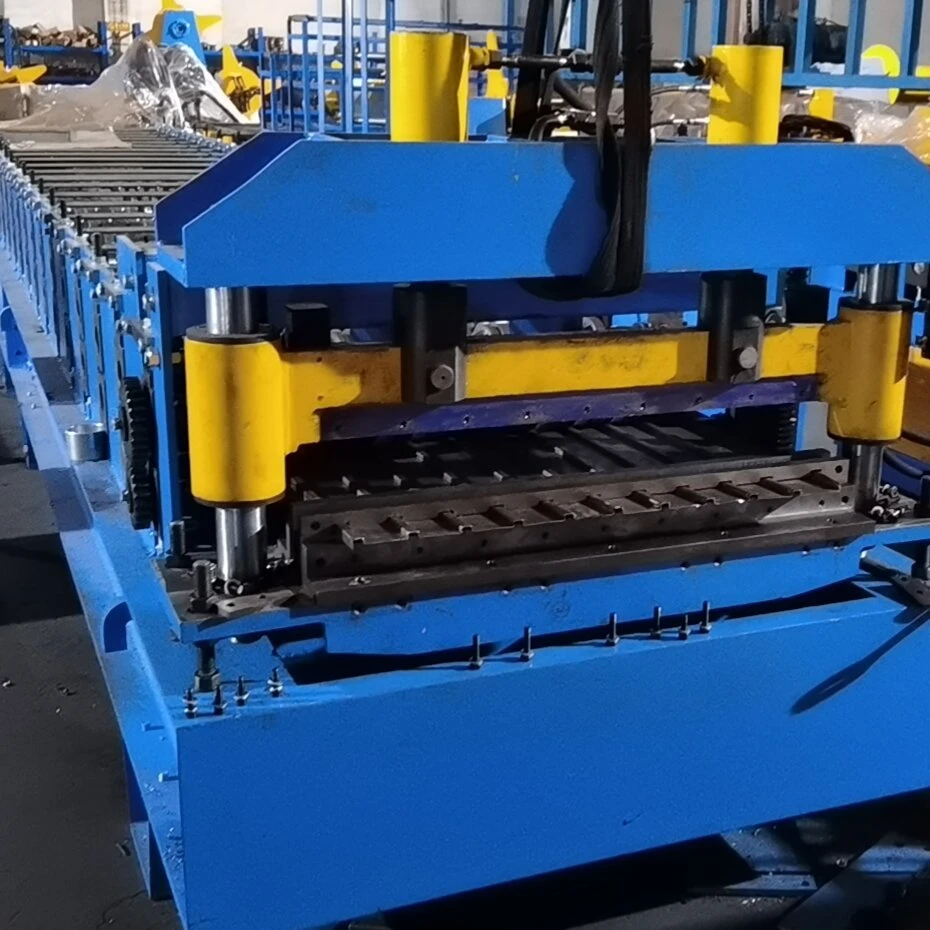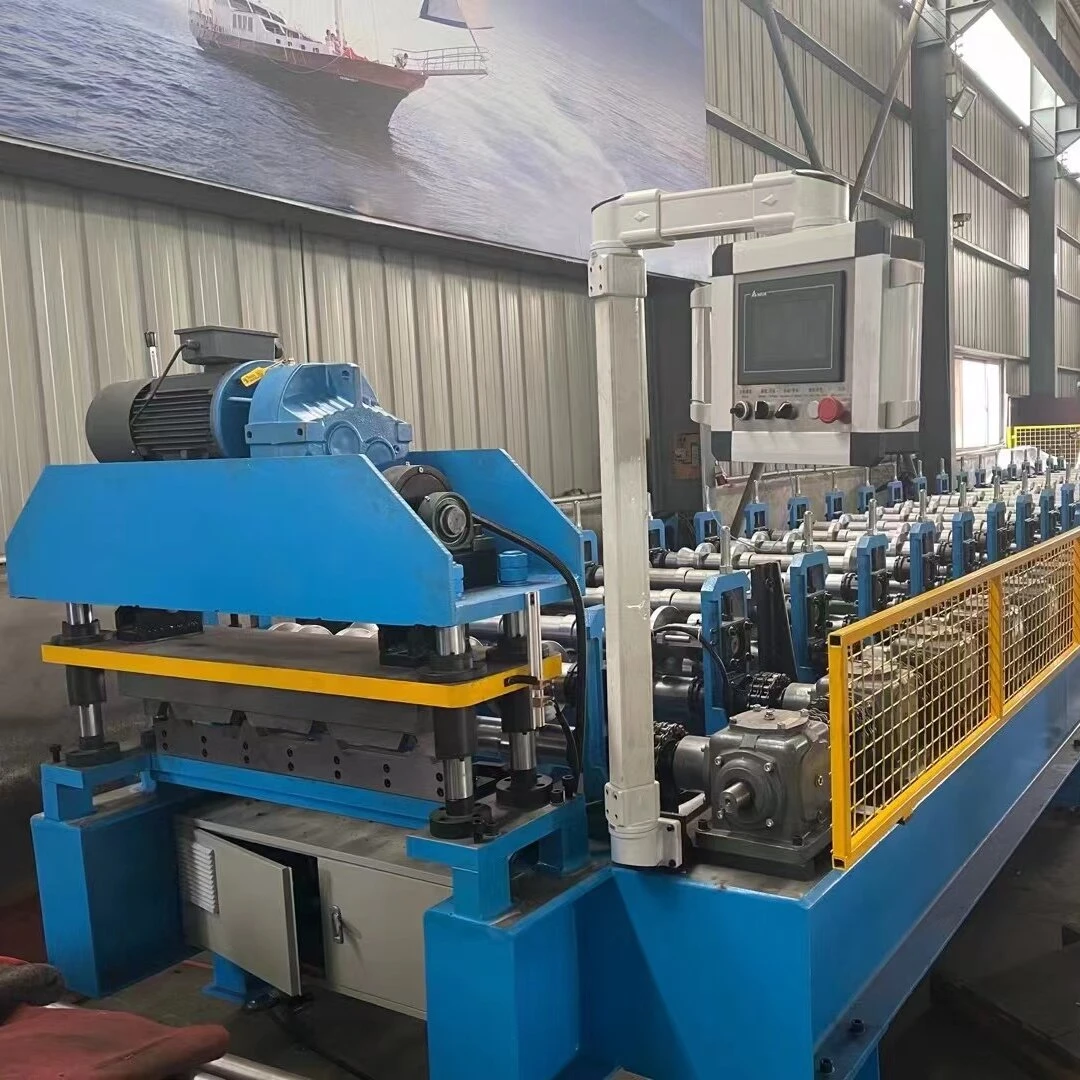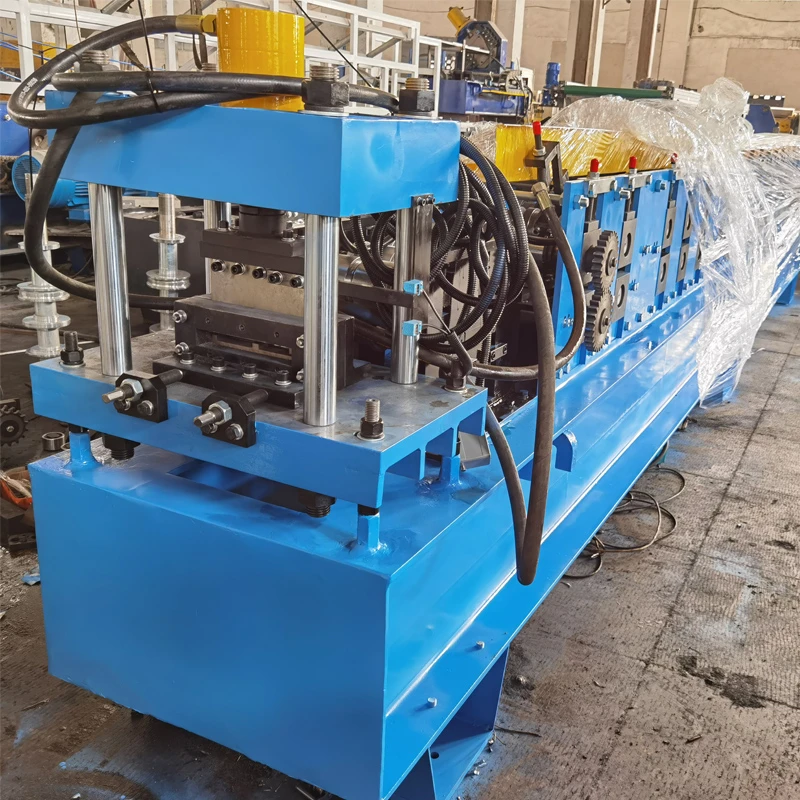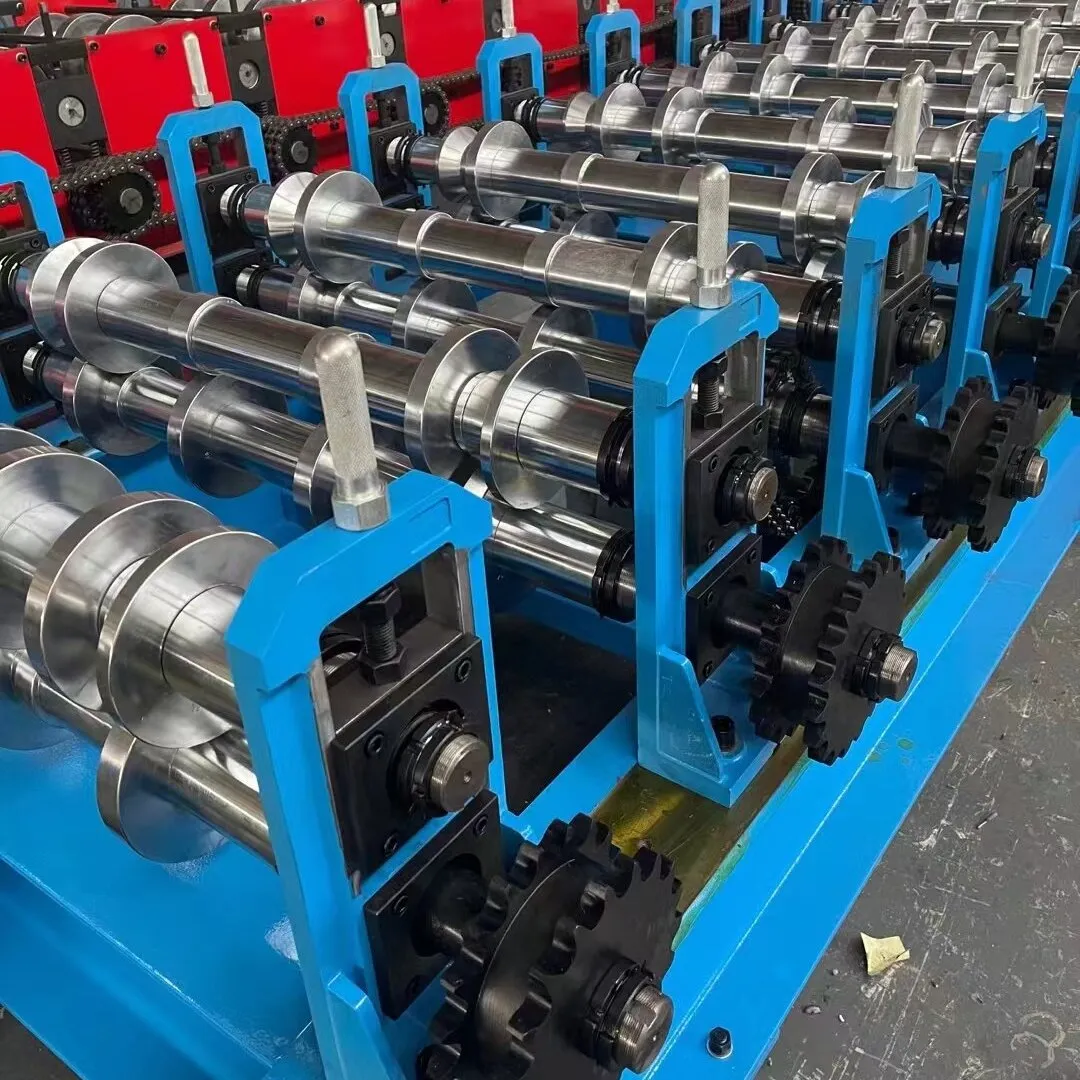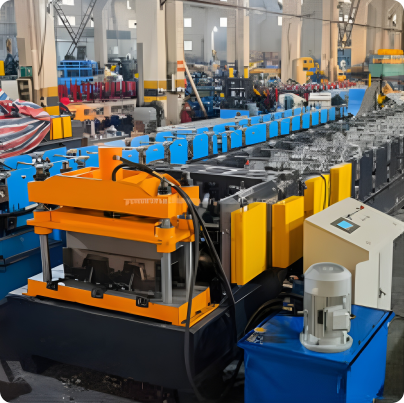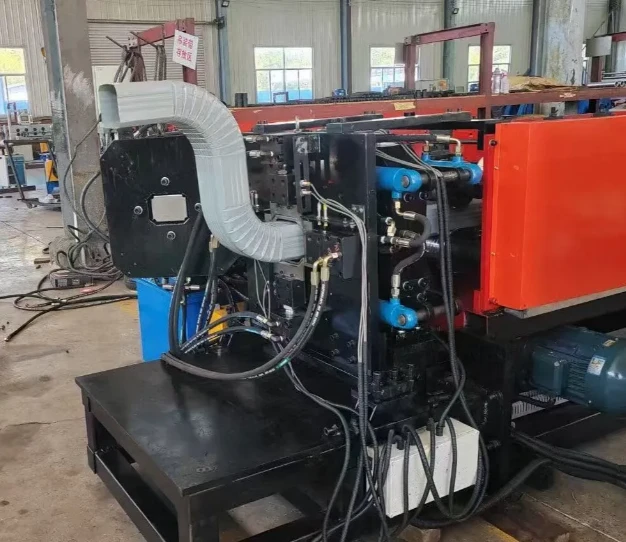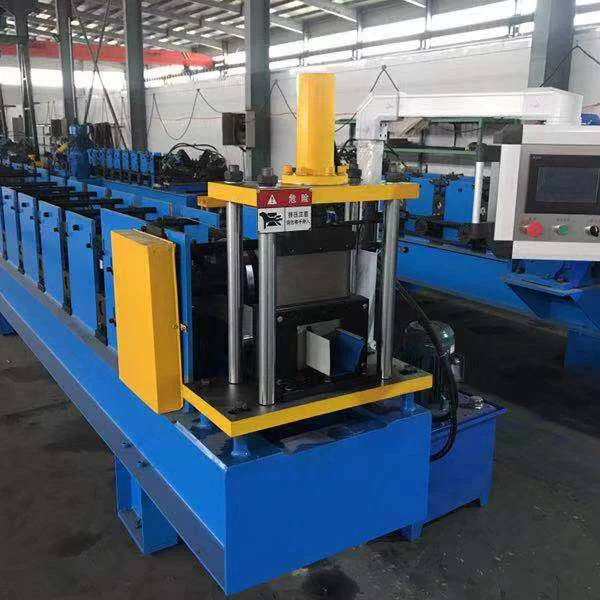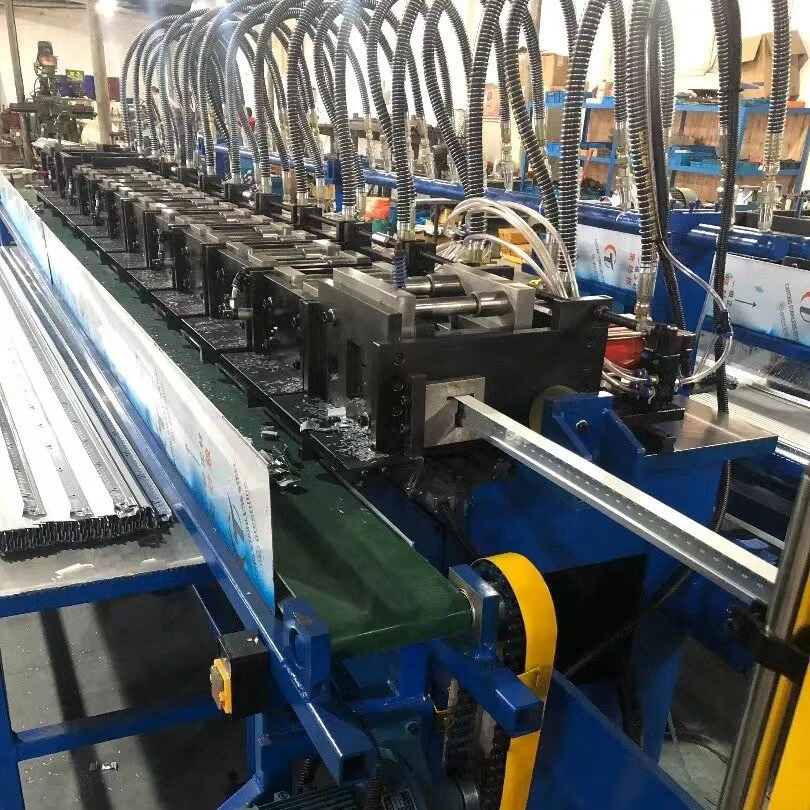Wire Mesh Welding Machines: Revolutionizing Industrial Manufacturing
Wire mesh welding machines are specialized industrial devices designed to automate the production of welded wire mesh, a versatile material used in construction, agriculture, automotive manufacturing, and various other industries. These machines efficiently join intersecting metal wires at precise points using electrical resistance welding, creating strong, uniform grids of varying sizes and shapes.
The demand for wire mesh has grown significantly due to its applications in reinforcement, fencing, filtration, and safety barriers. Wire mesh welding machines enable high-speed, high-precision production, making them indispensable in modern manufacturing. This article explores how these machines work, their key components, applications, and advancements in the field.
How Wire Mesh Welding Machines Work
Wire mesh welding machines operate using resistance welding, a process where an electric current passes through the metal wires at their intersection points, generating heat due to electrical resistance. When sufficient heat is produced, the wires fuse together under pressure, forming a solid weld.
Key Steps in the Welding Process:
Wire Feeding: Rolls of wire (typically steel, stainless steel, or galvanized wire) are fed into the machine.
Straightening and Cutting: The wires are straightened and cut to the required length.
Alignment: Wires are positioned in a grid pattern (horizontal and vertical).
Welding: Electrodes apply pressure and an electric current to weld the intersecting wires.
Mesh Cutting or Rolling: The finished mesh is either cut into sheets or rolled for storage and transport.
Modern machines use computer numerical control (CNC) systems to ensure precision in wire spacing, welding time, and pressure, resulting in consistent and high-quality mesh products.
Types of Wire Mesh Welding Machines
Wire mesh welding machines come in different configurations depending on production needs:
Automatic Wire Mesh Welding Machines
Fully automated, requiring minimal human intervention.
High-speed production (up to 150 welds per minute).
Used for large-scale industrial manufacturing.
Semi-Automatic Machines
Require some manual input for wire loading or positioning.
Suitable for medium-scale production.
Customized Welding Machines
Designed for specialized mesh types, such as reinforced concrete mesh or fencing.
Can produce 3D mesh or curved wire structures.
Portable Wire Mesh Welders
Smaller, mobile units for on-site welding in construction.
Applications of Wire Mesh Welding Machines
Welded wire mesh is used in numerous industries due to its strength, durability, and versatility:
- Construction Industry
Reinforced Concrete Mesh: Used in slabs, walls, and foundations to enhance structural strength.
Fencing and Barriers: Security fences, animal enclosures, and highway guardrails.
- Automotive Industry
Grilles and Filters: Wire mesh is used in radiator grilles, air filters, and protective shields.
Seat and Cushion Support: Provides structure in car seats and interior components.
- Agriculture
Animal Cages and Fencing: Poultry cages, livestock enclosures, and vineyard trellises.
Greenhouse Structures: Supports for climbing plants and protective barriers.
- Industrial and Manufacturing
Conveyor Belts: Wire mesh belts for material handling in food processing and manufacturing.
Storage Racks and Shelving: Used in warehouses and retail storage systems.
- Security and Safety
Prison and Military Barriers: High-security fencing and anti-climb mesh.
Machine Guards: Protective screens for industrial equipment.
Advantages of Wire Mesh Welding Machines
High Efficiency: Automated welding speeds up production significantly compared to manual welding.
Precision and Consistency: CNC-controlled systems ensure uniform weld quality.
Cost-Effective: Reduces labor costs and material waste.
Versatility: Can weld different wire thicknesses and mesh sizes.
Durability: Produces strong, corrosion-resistant mesh for long-term use.
Recent Technological Advancements
Modern wire mesh welding machines incorporate advanced technologies to improve performance:
Robotic Automation: AI and robotics enable fully automated loading, welding, and stacking.
Laser Welding: Some high-end machines use lasers for ultra-precise, clean welds.
IoT Integration: Smart sensors monitor welding quality and predict maintenance needs.
Energy Efficiency: Newer machines use less power while maintaining high productivity.
Future Trends in Wire Mesh Welding
As industries demand stronger, lighter, and more customizable mesh products, wire mesh welding machines will continue evolving:
3D Wire Mesh Printing: Combining additive manufacturing with welding for complex structures.
Sustainable Materials: Increased use of recycled metals and eco-friendly coatings.
Smart Mesh: Embedded sensors in wire mesh for structural health monitoring in construction.
Wire mesh welding machines play a crucial role in modern manufacturing, offering speed, precision, and reliability in producing welded mesh for diverse applications. From reinforcing concrete buildings to securing industrial facilities, these machines enable the mass production of high-quality wire mesh with minimal waste. As technology advances, we can expect even smarter, faster, and more sustainable welding solutions to meet the growing demands of global industries.
Whether in construction, automotive, agriculture, or security, wire mesh welding machines will remain a cornerstone of industrial production, shaping the infrastructure and products of the future.

